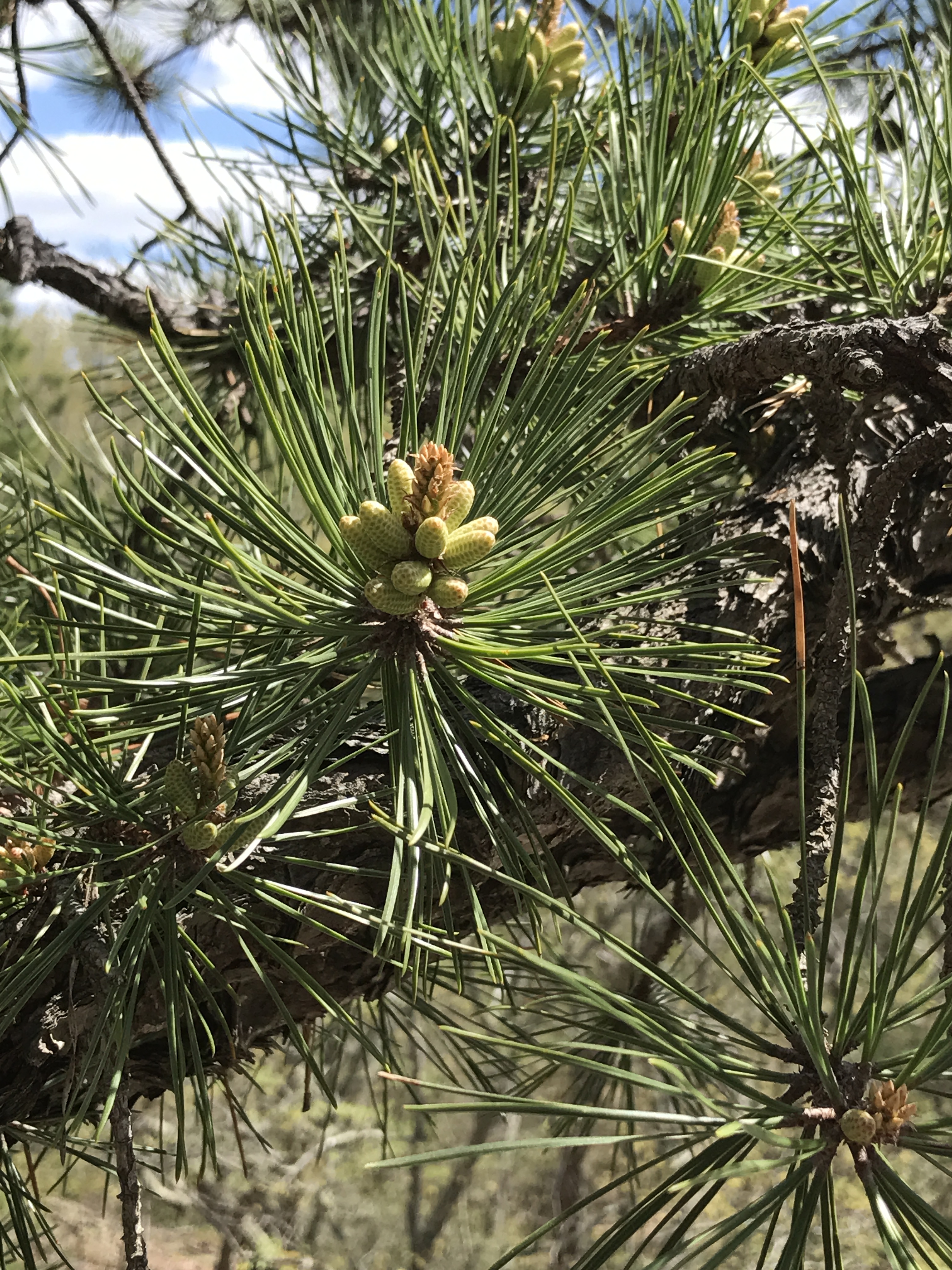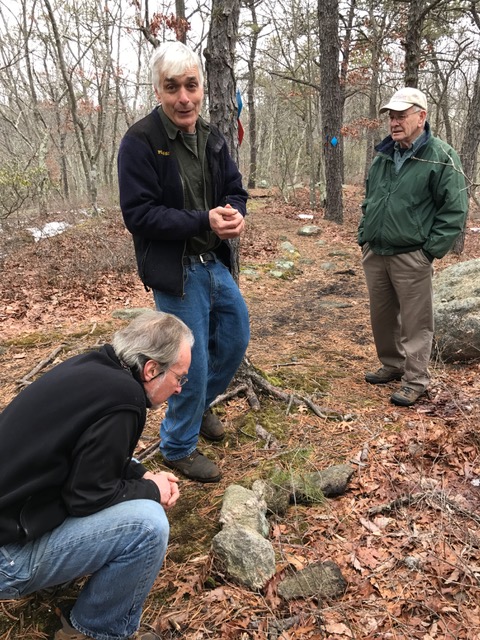For years, passionate environmentalists have been advocating to protect and preserve the remaining Oswegatchie Hills above the Niantic River in Southeastern Connecticut, for the sake of the land, the flora and fauna, and the river. In this blog post, we explain how the Hills also are important to protecting and perpetuating the Pitch Pine and Scrub Oak ecosystem, one of the state’s 13 imperiled ecosystems and the most decimated upland ecosystem.
It’s not easy to find Pitch Pines growing in Connecticut forests these days. Colonial settlers, farmers and shipbuilders all depended on the native tree’s highly sturdy wood to build homes and the resinous sap for multiple purposes, from sealing boat hulls to a source of turpentine, which was used in solvents, cleaners, antiseptics, insecticides and other necessities. They even hoarded the sticky tree knots to burn as candles when tallow was scarce–hence the tree’s other name, “candlewood.”

Multiple landmarks in the state bear witness to their namesake: Candlewood Mountain in New Milford, Candlewood Hill in Haddam and Candlewood Ledges in Lyme. Most likely, any road with “Tar” in the name designated a route to a Pitch Pine tar kiln.
Pitch Pines are an early succession forest tree. Taller eastern white pine and hard wood trees move in next, overshadowing and crowding out the shorter species. Pitch Pines also are a fire-dependent species; the heat of forest fires releases seeds from the pine cones and clears the competing vegetation so young seedlings can flourish.
Scrub Oaks are natural companions of Pitch Pines. Together these trees provide the most important habitat for rare moths and butterflies, several which are on the state Endangered, Threatened and Special Concern lists.
The Pitch Pine/Scrub Oak landscape is the most decimated upland ecosystem in the state, according to Emery Gluck, a Connecticut Department of Energy and Environmental Protection (CT DEEP) forester. This is because Connecticut’s sand plains have been carved up for gravel pits and development. Forest fires are much less common, too.
With over 95 percent of the state’s barrens lost over time, this native conifer composes less than one percent of all the pines growing in the state. Ridgetop forests such as the Oswegatchie Hills in East Lyme are some of the last remaining terrains where these imperiled trees can be found and can continue to survive.

Forester Gluck and Friends of Oswegatchie Hills Nature Preserve (OHNP) volunteers estimated that there are at least 100 Pitch Pines and a handful of Scrub Oaks growing in the upper ridgeline sections of the preserve after hiking it together earlier this year. While some of the
stands appear to have sprouted after the last fire in the Hills, which occurred in 1962, younger trees growing in rock crevices indicate that Pitch Pines continue to adapt and grow.
Environmental studies and ongoing efforts by Friends of OHNP volunteer stewards document the presence of this imperiled ecosystem in the Oswegatchie Hills. The Friends of OHNP are developing a conservation project, based on Gluck’s recommendations, to maintain and possibly expand the Pitch Pine/Scrub Oak stands in the preserve. The preserve is open for exploring daily, from sunrise to sunset. See www.oswhills.org to download the trail map and learn more about the preserve.
While close to 460 acres of the fragile coastal forest are preserved and protected in OHNP, opened by the Town of East Lyme in 2007, the adjoining 236 acres of remaining Oswegatchie Hills are at risk, threatened by ill-conceived development. A developer who owns the land proposes high-density development, including 840 units of housing, over 1700 parking spaces and acres of impervious surfaces on the shallow depth-to-bedrock soils on the forest ridgeline.
The developer has not allowed CT DEEP on its property to conduct natural resources diversity assessments, so the number and condition of Pitch Pines and Scrub Oaks on the northern end of the ridgeline is unknown.
Our Save Oswegatchie Hills Coalition, founded in 2016 with the Friends of OHNP and Save the River-Save the Hills, seeks to stop ill-conceived development that would decimate the northern end of the Oswegatchie Hills ridgeline. We welcome individuals and organizations across the state to join us in seeking to protect the remaining undeveloped Oswegatchie Hills. See more about the Coalition and our growing list of Coalition members.
Want to experience Oswegatchie Hills Nature Preserve? The Friends of OHNP are leading guided hikes on CT Trails Day, Sat, June 3, 10 am – 1 pm, watch for updates on FOHNP Facebook page.
